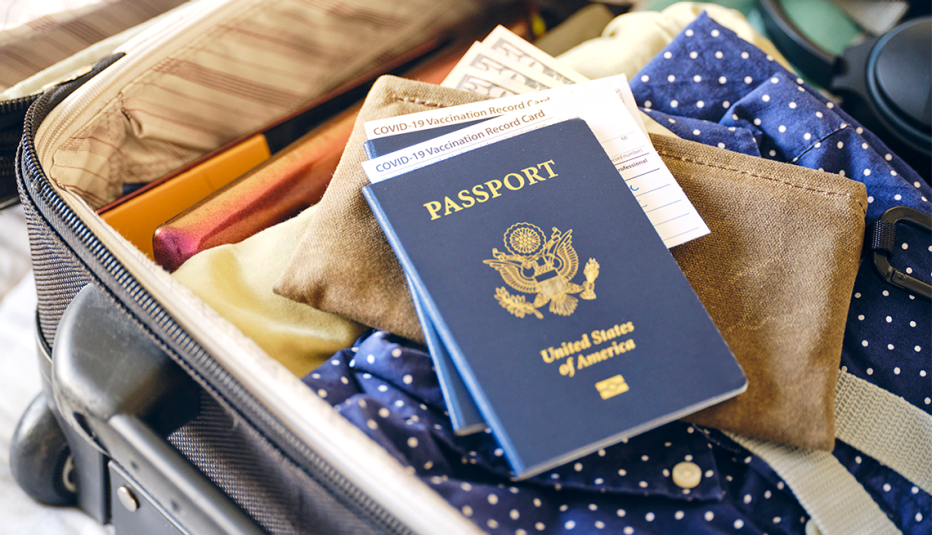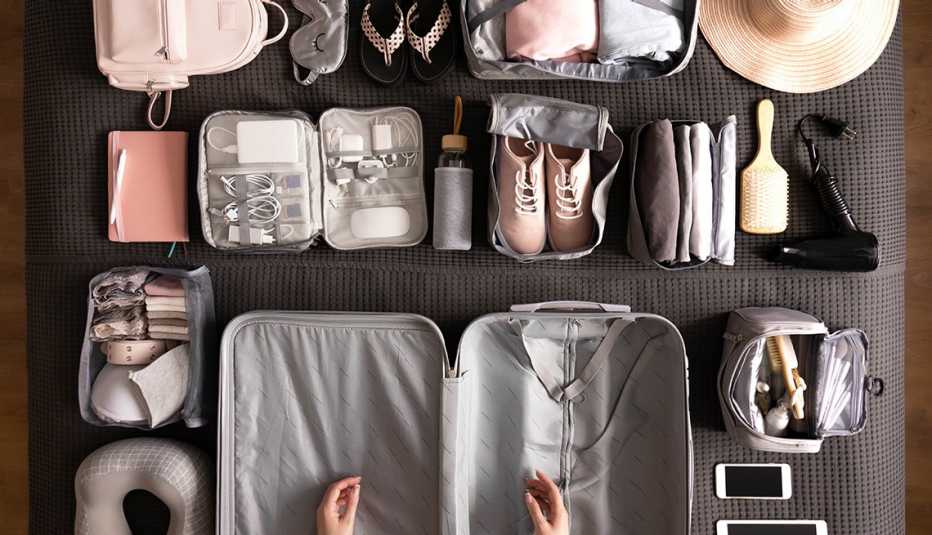Staying Fit
The Department of Justice (DOJ) said on Wednesday that it will appeal the ruling that overturned the longtime COVID-19 mandate that face masks be worn on public forms of transportation and in transportation hubs.
Federal Judge Kathryn Kimball Mizelle in Florida had ruled on Monday that the Centers for Disease Control and Prevention (CDC) mask-wearing mandate was an overreach of the agency’s authority and dismissed the mandate as “unlawful.”
The DOJ’s move came at the request of the CDC, which said in a statement: “It is CDC’s continuing assessment that at this time an order requiring masking in the indoor transportation corridor remains necessary for the public health.” It added, “CDC will continue to monitor public health conditions to determine whether such an order remains necessary. CDC believes this is a lawful order, well within CDC’s legal authority to protect public health.”


AARP Membership— $12 for your first year when you sign up for Automatic Renewal
Get instant access to members-only products and hundreds of discounts, a free second membership, and a subscription to AARP the Magazine.
In response to Monday’s decision, the Transportation Security Administration (TSA) is no longer enforcing the longtime mask rule, which applied to passengers and workers on planes, trains and buses, as well as in U.S. airports. It may do so again, however, if the DOJ moves to block the judge’s order.
Last month the CDC announced that most people were safe to go maskless in many other indoor settings, but recommended that “everyone ages 2 years and older should properly wear a well-fitting mask indoors in public in areas where the COVID-19 Community Level is high, regardless of vaccination status.” The agency maintains a color-coded, county-by-county map to track COVID-19 data, including hospital capacity and the number of new COVID-19 cases in an area. (Most of the country is now at a green, or low, level, despite a slight uptick in new infections.)
What this means for travelers
Though some travelers cheered when the mask news was announced by some pilots mid-flight on Monday, travelers are likely to face a patchwork of requirements, depending on where and how they are traveling.
It’s still up to individual airlines, bus lines, transit agencies and other transportation entities to decide whether to keep their mask mandates in place — but many, including Amtrak, Lyft and Uber, dropped them soon after the ruling. Both Uber and Lyft also announced that passengers can again ride in the front seat, which was banned during the pandemic.
The Washington, D.C., Metro system has dropped its mask requirement, but New York City is still mandating face coverings on its subways, buses and trains. Philadelphia International Airport is also requiring masks inside its terminals.

































































